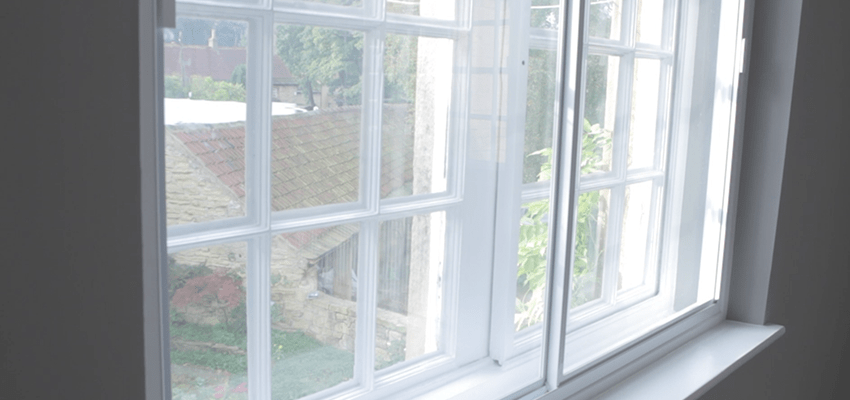Quantum computing, machine learning, and contact lens polymers combined to dramatically reduce energy costs. Two researchers at the University of Notre Dame, in collaboration with South Korea’s Kyung Hee University, recently utilized quantum computing to help develop a new transparent window coating capable of blocking solar heat.
In findings published in ACS Energy Levels, Tengfei Luo, Notre Dame’s Dorini Family Professor of Energy Studies, and postdoctoral associate Seongmin Kim worked together to devise the transparent radiative cooler (TRC) layer, which only permits external visible light that doesn’t raise indoor temperatures, thus cutting buildings’ cooling costs by as much as a third of current rates.

The ideal heat reduction required the precise assembly of exceedingly thin layers of materials, which was the key to the success of Luo and Kim’s TRC design. In this instance, machine learning and quantum computing worked together to test models in a matter of nanoseconds, sifting through practically every conceivable mixture and material combination in search of the best one.

The researchers used machine learning and the exciting area of quantum computing to find the best possible material configuration. Although still in its infancy, quantum computing has enormous potential due to its ability to outperform current computer techniques. There are restrictions on what even the most advanced classical supercomputers can and cannot do because they currently do all of their calculations using a binary state, which represents information as 1s and 0s. Contrarily, quantum computing allows for the representation of information as either 1, 0, or even a mix of the two. This theoretically gives researchers a huge advantage in several areas, including simulations of the natural sciences and nuclear fusion research.
The result is a glass base covered in a layer of titanium oxide, alumina, and silica that is 1.2 microns thick and coated with the same polymer as contact lenses. Following that, the novel system outperformed every other heat-reduction glass coating currently on the market. “In my opinion, the quantum computing approach is just as crucial as the actual material,” Luo added.


